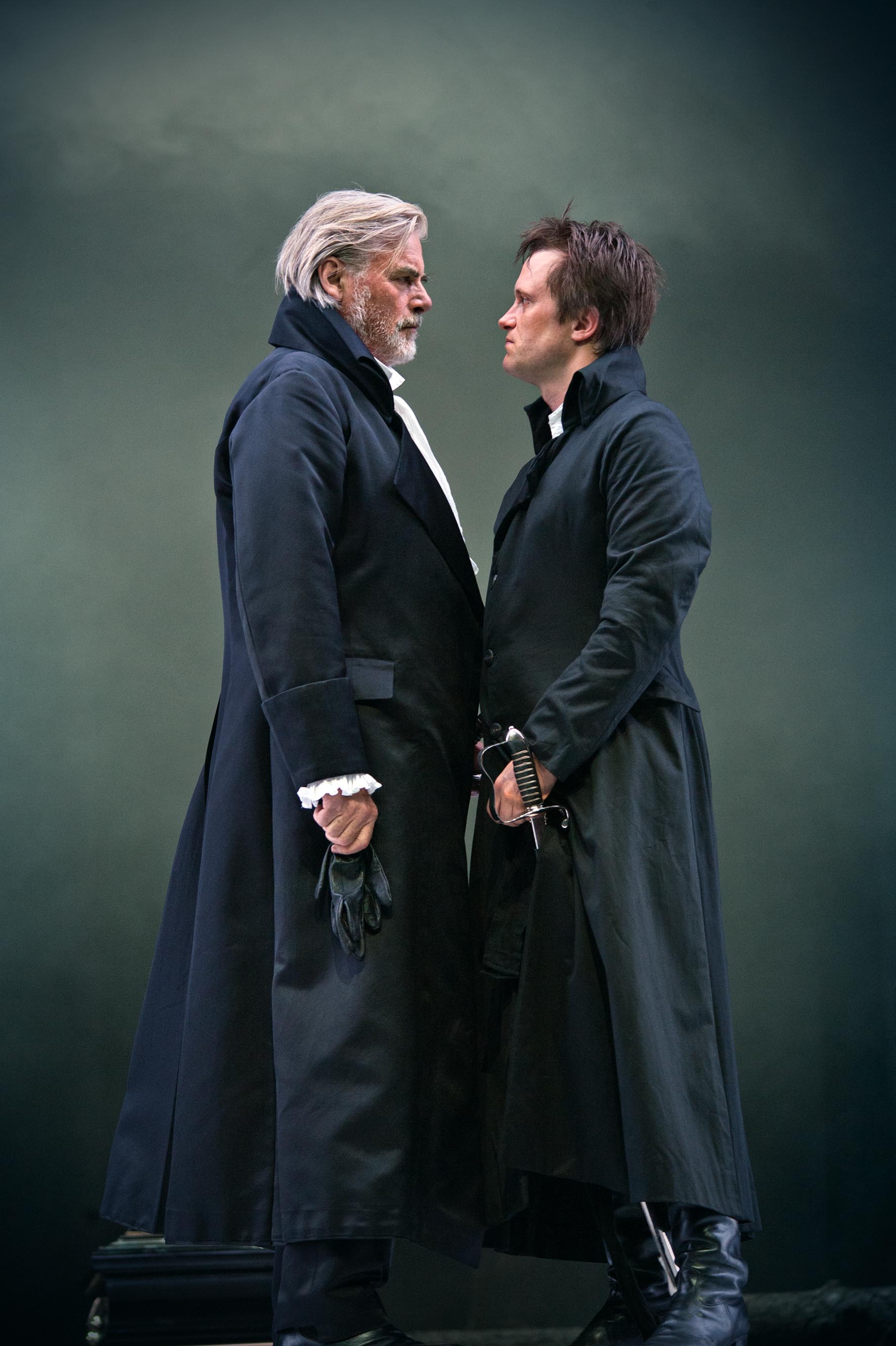|
Théâtre National Populaire
The Théâtre national populaire (French for ''People's National Theater'') is a theatre now at Villeurbanne, France. It was founded in 1920 by Firmin Gémier in Paris. Today, the TNP has a company of ten resident actors and the building is currently being completely renovated. History The Théâtre National Populaire (TNP) was founded in 1920 in Paris at the Palais de Chaillot by Firmin Gémier. During World War II, activity was suspended and the building was occupied by the United Nations. In 1951, Jean Vilar was appointed head of the new theater by Jeanne Laurent. The theater reopened at Suresnes pending the return to the Palais de Chaillot. Vilar thought of the theater as a public service, and gave it a new image. Under his leadership the theater offered performances shown at prices and times to suit the general public. The TNP attracted a group of young actors including Gérard Philipe. Productions from this time include ''Le Cid'' and '' Der Prinz von Homburg'' by Hein ... [...More Info...] [...Related Items...] OR: [Wikipedia] [Google] [Baidu] |
Villeurbanne
Villeurbanne (; frp, Velorbana) is a commune in the Metropolis of Lyon in Auvergne-Rhône-Alpes region in eastern France. It is situated northeast of Lyon, with which it forms the heart of the second-largest metropolitan area in France after that of Paris. Villeurbanne is the second-largest city in the metropolitan area of Lyon and the 20th most populated in France. In 2013, Villeurbanne was elected the city with the best administration of France, which attracts more and more people. History The current location of downtown Villeurbanne is known to have been inhabited as far back as 6000 BC. Its current name comes from a Gallo-Roman farming area, established at about the same time as Lyon (then ''Lugdunum'') and known as the '' Villa Urbana'' ("town house"). It would then become ''Urbanum'', then ''Villa Urbane'' and, ultimately, ''Villeurbanne''. Villeurbanne has belonged to the kingdom of France since 1349. It was then separated from La Guillotière (A former city lately ... [...More Info...] [...Related Items...] OR: [Wikipedia] [Google] [Baidu] |
The Prince Of Homburg (play)
''The Prince of Homburg'' (german: Der Prinz von Homburg, ''Prinz Friedrich von Homburg'', or in full ''Prinz Friedrich von Homburg oder die Schlacht bei Fehrbellin'') is a play by Heinrich von Kleist written in 1809–10, but not performed until 1821, after the author's death. The title relates to the real Prince of Homburg at the Battle of Fehrbellin in 1675, Friedrich von Hessen-Homburg (1633–1708), but beyond the name and place there is little if any resemblance between the Romantic character in the play and the eponymous Friedrich, a successful professional soldier of many years' standing. The play has been filmed a number of times, and inspired the opera '' Der Prinz von Homburg'' by Hans Werner Henze (premiere 1960). Plot Action takes place at Fehrbellin and in Berlin, 1675. The Prince of Homburg, a young officer of the Great Elector ( Frederick William I, Elector of Brandenburg), is exhausted after a long campaign. Walking in his sleep, he puts on a laurel wreath. ... [...More Info...] [...Related Items...] OR: [Wikipedia] [Google] [Baidu] |
Theatres In Lyon
Theatre or theater is a collaborative form of performing art that uses live performers, usually actor, actors or actresses, to present the experience of a real or imagined event before a live audience in a specific place, often a stage. The performers may communicate this experience to the audience through combinations of gesture, speech, song, music, and dance. Elements of art, such as painted scenery and stagecraft such as lighting are used to enhance the physicality, presence and immediacy of the experience. The specific place of the performance is also named by the word "theatre" as derived from the Ancient Greek θέατρον (théatron, "a place for viewing"), itself from θεάομαι (theáomai, "to see", "to watch", "to observe"). Modern Western theatre comes, in large measure, from the theatre of ancient Greece, from which it borrows technical terminology, classification into genres, and many of its theme (arts), themes, stock characters, and plot elements. Theatre ... [...More Info...] [...Related Items...] OR: [Wikipedia] [Google] [Baidu] |

